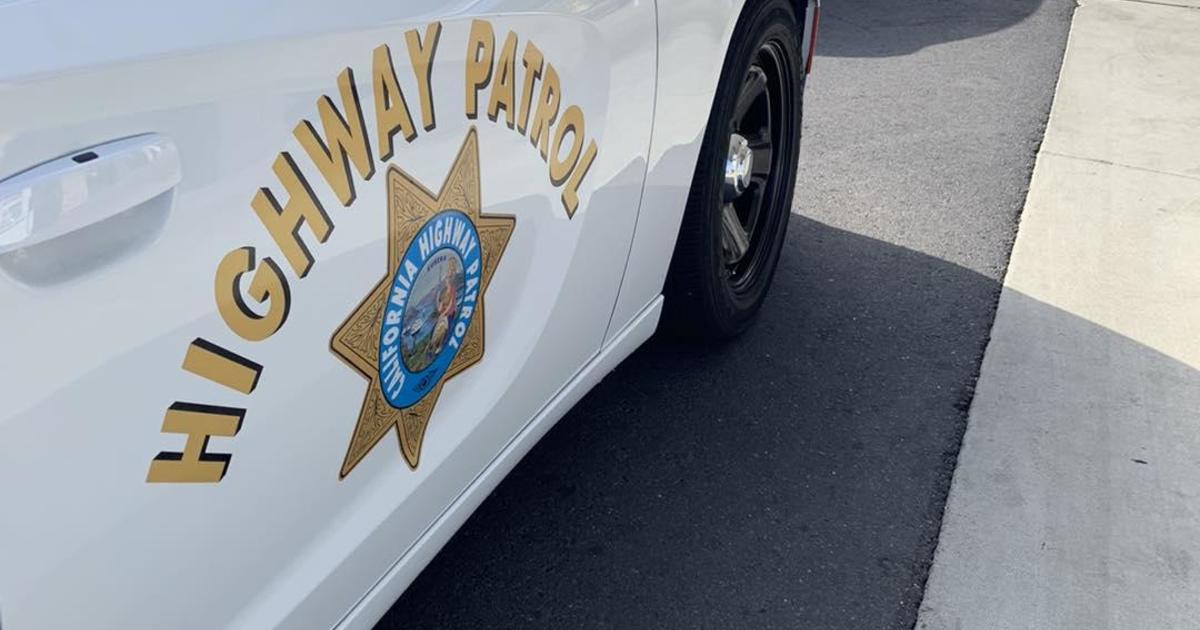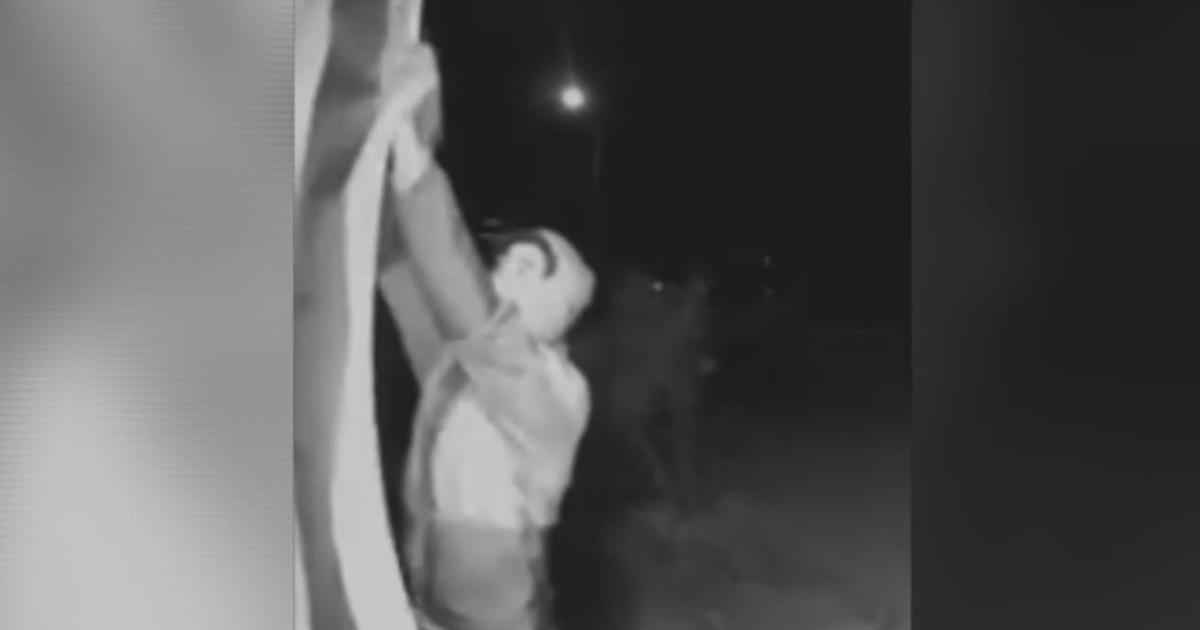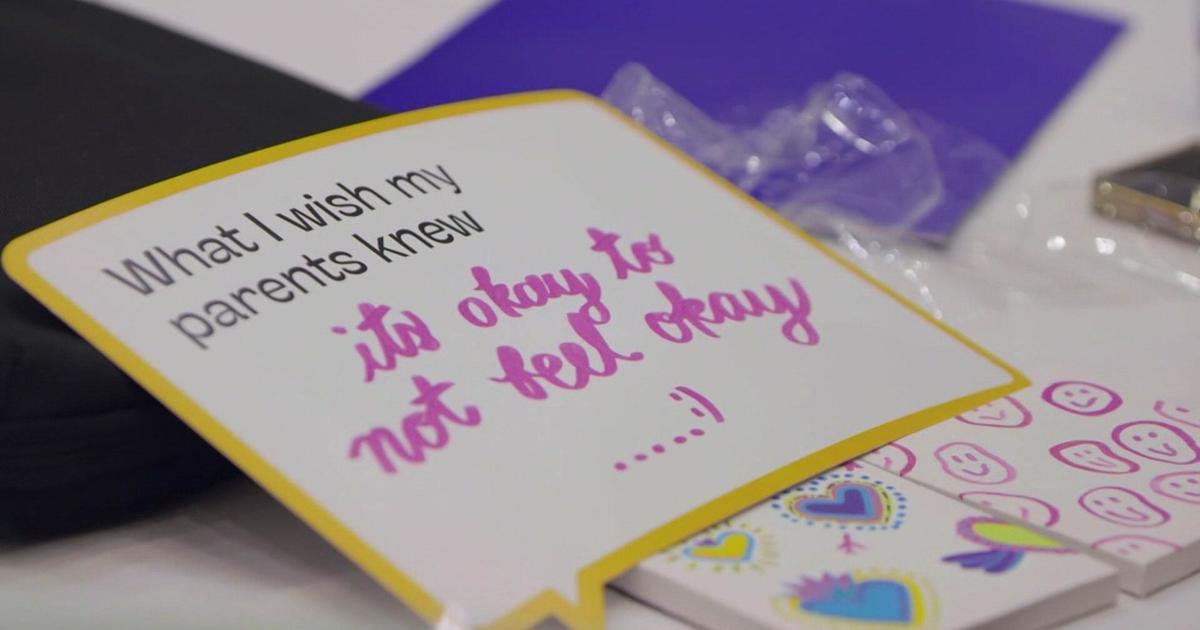3-D Printers Help Grow New Jaws For Dogs At UC Davis
DAVIS (CBS13) — UC Davis veterinarians are performing groundbreaking medicine: growing bones for man's best friend.
Hoshi, a 10-year-old grey speckled collie, plays around just like her siblings on a Montana ranch they call home. You'd never know she's the face of a medical breakthrough.
It all happened at UC Davis Veterinary Medical Teaching Hospital where they see 45,000 patients a year. This is considered the Mayo Clinic or John's Hopkins of animal hospital.
The procedure is still very new, and UC Davis is the only school of veterinary medicine offering it on a routine basis.
Professors Frank Verstraete and Boaz Arzi have come up with a new procedure to remove diseased or damaged jawbones and regrow new bone.
Hoshi needed the procedure after her vet found squamous cell carcinoma in her mouth last summer.
"This dog had a cancer in the front part of the jaw, and we have to amputate," Arzi said.
In the procedure, the vets cut out the affected portion of the jaw and screw in a formed titanium plate to the remaining bone. Finally a sponge soaked in bone morphogenic protein is placed where the jaw used to be.
That sponge scaffolding stimulates the remaining jawbone to grow new bone cells. After 8 to 10 weeks, the new bone is fully formed.
The surgery is revolutionary in and of itself, but what makes it even more cutting edge is the used of a 3-D printer to make something like this.
Previously, the doctors had to wait until they cut into the dog to form the titanium plate. But with UC Davis' new 3-D printing facility, they can now print an exact replica of the dog's skull ahead of time, allowing doctors to plan and cut down on anesthesia time in the operating room.
"We are now able to plan the surgery more precisely, and we're able to bend our plate before surgery," Arzi said. "We're able to assess what's going to be the outcome of our surgery.
Stephen Lucero managed the lab called Translating Engineering Advances to Medicine, or TEAM. He showed us plans for Lad, a collie from Kentucky who gained national attention after getting shot in the muzzle. Lad had to have most of his lower jaw removed.
Now, just like Hoshi, doctors hope to grow a new jaw for him.
Using data from Lad's computed tomography scan, Lucero printed the dog's skull, including what's left of the lower jaw. From there, he crafted the jaw the doctor's would like to regrow. He printed the revised jawbone while CBS13 was there.
"Seeing everyone's face light up when they see this kind of stuff," Lucero said, "that's my favorite thing about this."
Lad's surgery is on hold for now, while doctors hope a bone infection clears up.
The result would likely look like Hoshi's, with a slightly shorter lower jaw than what he had before. That's because they had to remove the bone and soft tissue, and the remaining blood vessels can only support so much bone regrowth.
Right now, the bone-growing protein for humans is only approved for some dental work and spinal fusion, but it begs the question of what the future could be for this technology.
"I think there's a good possibility this may spill over into human reconstructive surgery," Verstraete said.
Prior to the use of a 3-D printer, veterinary surgeons could only grow a portion of the dog's jaws. Now they can produce a full arch jaw for these pet surgeries, giving dogs a more normal appearance and function.
But there's one drawback they haven't figured out yet—the new jaws have no teeth, so the pooch is on a soft food diet forever.



